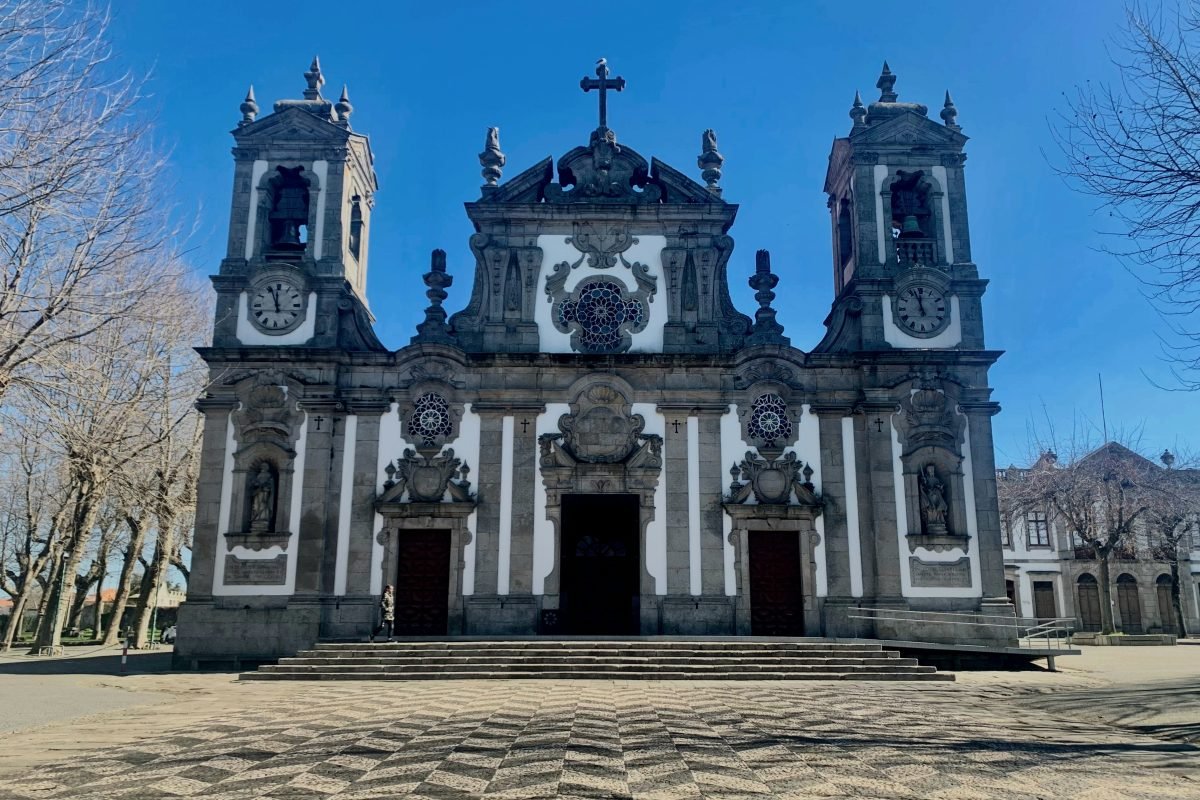Church of Bom Jesus
Details
9:00am-19:00pm Open
Church of Bom Jesus
Owing to its openness towards the sea and its active participation in the Portuguese Expansion movement, Matosinhos saw a substantial growth between the 15th and 16th centuries.
It was here that a school of renowned sailors and navigators was born, where salt was produced and marketed, and where shipyards for building ships were held.
This led the King Manuel I to grant it Foral in 1514, a fact forgotten by historiography. As an example of Matosinhos’ esteemed status, João de Castro, a representative of the Portuguese Renaissance, dedicated the prologue of his book “Roteiro de Lisboa a Goa” to “those of Leça and Matosinhos” in 1538. Subsequently, in view of the decay and ruin of the church of Bouças (formerly the main religious center of the region), the University of Coimbra chose to build a new temple – symptomatic of Matosinhos’ prominence – on July 1st, 1559.
The contract for Church of Bom Jesus was given to the French artist João de Ruão, who is considered one of the most distinguished sculptors and architects of Renaissance Portugal. However, due to the volume of his works, the construction of the church took twenty years to complete. Tomé Velho, one of Ruão’s disciples, contributed in finishing the Church of Matosinhos. Initially, the idea was to reconstruct the church of Bouças, but eventually a new temple was chosen. The evidence of Matosinhos’ importance was clear.




